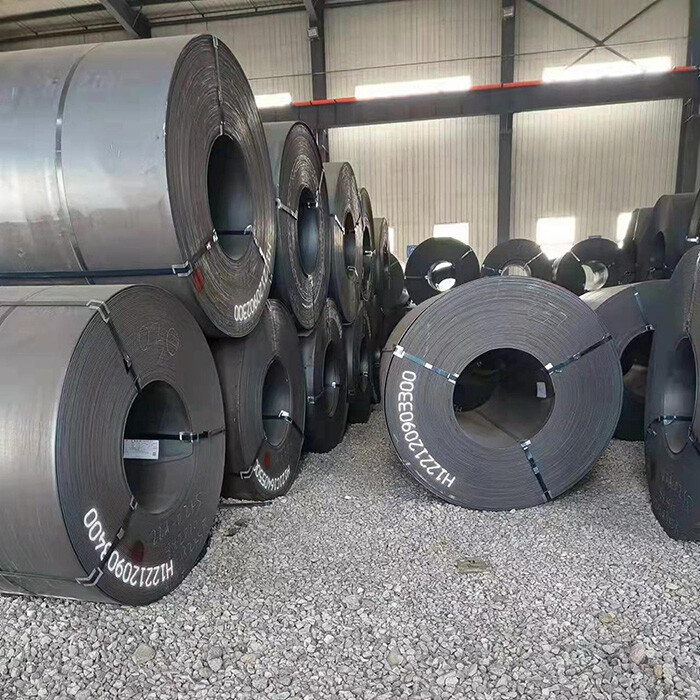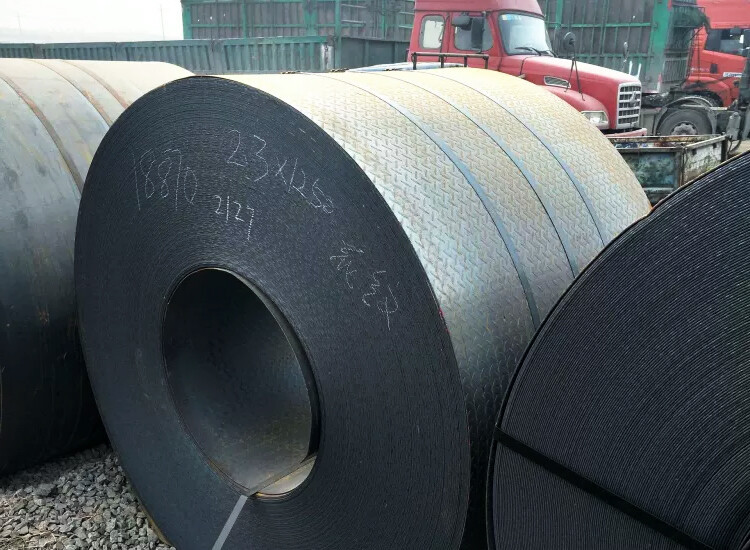NEWS CENTER

According to the national standard GB/T 13304-91 “Classification of Steels”, steel is described as “a material with iron as the main component, with a carbon content generally less than 2%, and containing other elements.”
When the steel material or sample is subjected to tension, if the stress exceeds the elastic limit, even if the stress no longer increases, the steel material or sample will continue to undergo significant plastic deformation, which is called yielding. The minimum stress value at which yielding occurs is called the yield point.
Tensile Strength
This refers to the maximum stress value reached during the tensile process until fracture. It indicates the material’s resistance to fracture. Compressive strength, bending strength, and other related indicators also play a role.
Common Types and Applications of Steel
The first classification method is based on common usage categories.

Also known as plain carbon steel, it is an iron-carbon alloy with a carbon content of less than 2%. In addition to carbon, it usually also contains a small amount of silicon, manganese, sulfur, and phosphorus.
Carbon steel can be divided into three categories based on usage: carbon structural steel, carbon tool steel, and free-cutting structural steel. Carbon structural steel can be further divided into construction structural steel and mechanical manufacturing structural steel. Based on carbon content, it can be divided into low-carbon steel (c≤0.25%), medium-carbon steel (c=0.25%-0.6%), and high-carbon steel (c>0.6%).
According to the content of phosphorus and sulfur, carbon steel can also be divided into ordinary carbon (structural) steel (higher phosphorus and sulfur content), quality carbon steel (lower phosphorus and sulfur content), and advanced quality steel (even lower phosphorus and sulfur content). In general, the higher the carbon content, the higher the hardness and strength, but the lower the plasticity and ductility.
Ordinary Carbon Structural Steel
Also known as carbon steel, this type of steel mainly ensures mechanical properties. Therefore, its grade reflects its mechanical properties, and the number behind the letter Q represents the yield point. For example, Q275 indicates a yield point of 275 MPa. If the grade is followed by the letters A, B, C, or D, it indicates different grades of steel quality, with the lower the S and P content, the higher the steel quality. If the grade is followed by the letter “F”, it represents effervescent steel, and “b” represents semi-killed steel. If there is no “F” or “b” noted, it is killed steel. For example, Q235-AF represents A-grade effervescent steel with a yield point of 235 MPa, and Q235-C represents C-grade killed steel with a yield point of 235 MPa.
Carbon steel is low-cost and widely used in engineering and construction fields. For example, it is used for tubes in low-temperature and low-pressure boiler economizers and air preheaters. Q235a steel is commonly used for various water pipes, with a maximum operating temperature of 350°C.
GB/700 is the execution standard for carbon structural steel. This type of steel is generally smelted in a converter or open-hearth furnace, with the main raw material being pig iron and scrap steel. The steel has a higher sulfur and phosphorus content than quality carbon structural steel, generally with S≤0.050% and P≤0.045%. The content of other alloying elements brought in from the raw materials, such as chromium, nickel, and copper, is generally not more than 0.30%.
Carbon structural steel is generally not heat-treated and is used directly in the supply state. Typically, Q195, Q215, and Q235 steels have a lower carbon content and have good weldability, plasticity, and toughness, as well as a certain strength. They are usually rolled into thin plates, reinforcing bars, and welded steel pipes. They are used for structures such as bridges and buildings, as well as for manufacturing ordinary rivets, bolts, nuts, and other parts. Q255 and Q275 steels have a slightly higher carbon content, higher strength, and better plasticity and toughness, and can be welded. They are usually rolled into shaped steel, bars, and steel plates, used for structural components, as well as for manufacturing simple mechanical parts such as connecting rods, gears, couplings, and pins.
Company News
- The Complete Guide To Buying Stainless Steel CoilA lot of people find it quite challenging to purchase stainless steel coils. It is to be mentioned that there are more than 60 grades of stainless steel. This is a complete guide to helping people choose the best stainless steel coil.
- Steel Production Capacity Soars with Technological Advancements and Strategic InvestmentsUnleashing the Potential of Steel Production through Innovation and Investment
- The ultra-low emission transformation of the steel industry has achieved remarkable results Steel Industry Achieves Remarkable Progress in Ultra-Low Emission TransformationPaving the Way for a Greener Steel Industry: Ultra-Low Emission Transformation Success
Industry News
- The Complete Guide To Buying Stainless Steel CoilA lot of people find it quite challenging to purchase stainless steel coils. It is to be mentioned that there are more than 60 grades of stainless steel. This is a complete guide to helping people choose the best stainless steel coil.
- Carbon Steel (Steel) DefinitionAccording to the national standard GB/T 13304-91 “Classification of Steels”, steel is described as “a material with iron as the main component, with a carbon content generally less than 2%, and containing other elements.”
- Steel Production Capacity Soars with Technological Advancements and Strategic InvestmentsUnleashing the Potential of Steel Production through Innovation and Investment
Please give us a message
